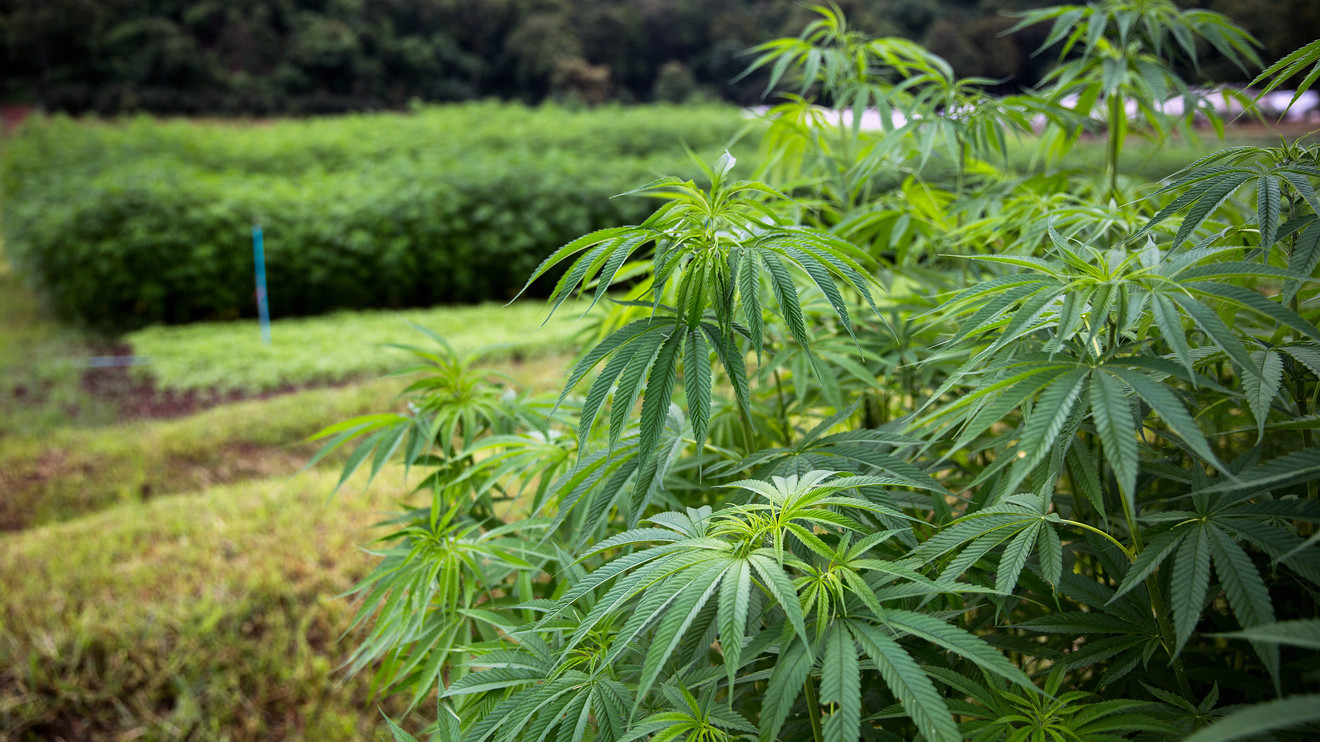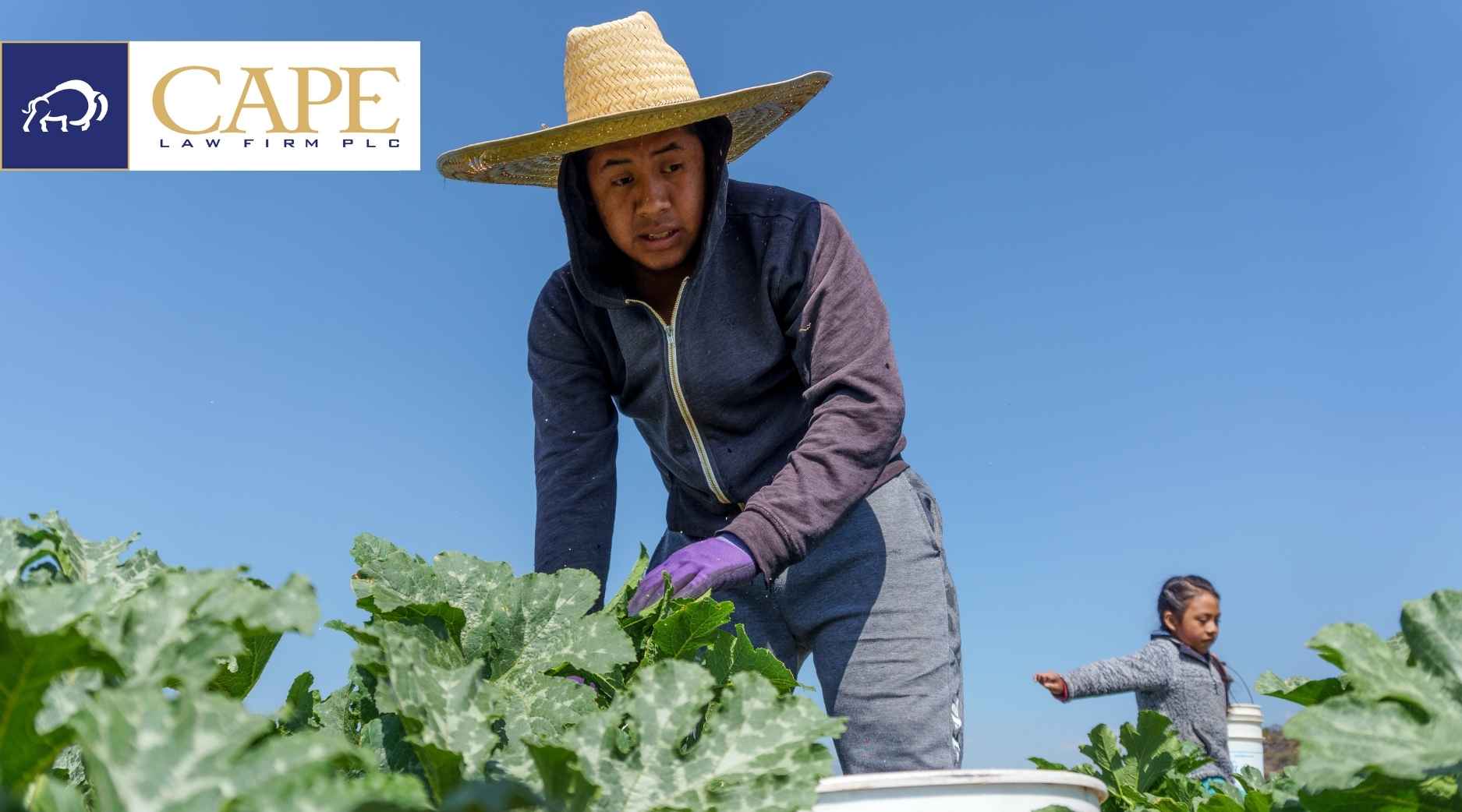 The Hemp production program of the 2018 Farm Bill is getting a nationwide roll-out under the USDA’s newly issued Interim Final Rule for domestic hemp production. The Rule provides two “Plans” for producers to obtain permission to grow hemp: (i) Apply for a license with the State or Tribe where the crop will be grown, or (ii) apply for a license from the USDA. Both methods will require producers to submit personal data, register growing locations, pass a criminal background check, and allow access to growing areas. Most important, the Rule provides the groundwork for full-scale hemp production for the 2020 growing season.
The Hemp production program of the 2018 Farm Bill is getting a nationwide roll-out under the USDA’s newly issued Interim Final Rule for domestic hemp production. The Rule provides two “Plans” for producers to obtain permission to grow hemp: (i) Apply for a license with the State or Tribe where the crop will be grown, or (ii) apply for a license from the USDA. Both methods will require producers to submit personal data, register growing locations, pass a criminal background check, and allow access to growing areas. Most important, the Rule provides the groundwork for full-scale hemp production for the 2020 growing season.
There will be no federal certification program for hemp seed, at least for the time being. Notably, USDA acknowledged that too little is known or understood about hemp genetics to establish a certification program. Current data indicates that hemp varieties express different levels of THC in different parts of the country. Also, too little is known about the origin of most hemp genetics currently planted. Thus, seed certification will be left up to the States.
Framework of the Rule.
The Rule establishes a dual federal-state framework for regulating hemp production. States and Tribes can take the lead role of regulating hemp production by getting a regulatory Plan approved by USDA. If a State or Tribe doesn’t want to take on responsibility for hemp production (or their Plan is not approved), the USDA provides its own Plan for growers. Most of the Rule explains the requirements under both Plans.
Highlights of the State/Tribal Plan requirements.
The basic requirements of a State/Tribal Plan must include:
- Submission of producer information to USDA (contact information, license status, etc.)
- Reporting of specific production locations. Many growers already provide this information for commodity program crops.
- Crop sampling within 15 days of harvest. This is a fairly short interval and could cause harvest bottlenecks.
- Testing by a DEA-registered lab for delta-9 tetrahydrocannabinol (THC) concentration levels
- Testing methods must meet USDA’s minimum standards of reliability.
- Random annual inspection and sampling of producers.
- State/Tribe must certify that they have adequate resources and personnel to carry out the Plan. This could pose a problem for some States already overburdened with pesticide and seed monitoring/investigations.
- All producers must be assigned a license/authorization identifier.
- Procedures to address producer violations of the Plan. Violations are categorized as (i) negligent, or (ii) culpable.
- Negligent violations are those where the producer fails to exercise the level of care that a reasonably prudent person would exercise in complying with the hemp regulations. Examples include:
- Failure to provide a legal description of land on which the producer produces hemp.
- Failure to obtain a license/authorization from the State or Tribal government.
- Production of cannabis with too much THC.
- The Rule provides a safe harbor for reasonable efforts that result in cannabis with 0.5% THC – this will not be a negligent violation.
- In the background of the Rule, USDA has suggested that examples of reasonable production efforts might include using certified seed, using seed that has been compliant in other regions, or best production practices.
- Negligent violations must receive a corrective action plan. A producer with 3 negligent violations in a 5 year period must be de-licensed for 5 years.
- Culpable violations are those where the producer acts intentionally, knowingly, willfully, recklessly, or with criminal negligence.
- Culpable violations must be reported to the U.S. Attorney General, and the chief law enforcement officer of the State/Tribe. Presumably, they will determine whether to seek criminal charges for the violation.
- Negligent violations are those where the producer fails to exercise the level of care that a reasonably prudent person would exercise in complying with the hemp regulations. Examples include:
If a State/Tribal Plan is revoked, producers have a safe harbor to continue production for the remainder of the year. Producers can then apply for a USDA license.
Highlights of the USDA Plan requirements.
The basic requirements of the USDA Plan include:
- Producer must be in a State/Tribe without a USDA-approved Plan, and which doesn’t prohibit hemp production.
- For the first year of the Rule, USDA will not take license applications until at least 30 days after publication of the regulations.
- Submission of new license application to USDA (contact information, key participants, criminal history report, etc.)
- License will be valid for up to 3 years.
- Licenses will be location-specific, i.e., may need multiple licenses if hemp is grown in multiple states, or multiple tribal jurisdictions.
- Reporting of specific production locations and acreage.
- Crop sampling within 15 days of harvest by federal, state, local law enforcement, or a USDA-designated person.
- Testing by a DEA-registered lab for delta-9 tetrahydrocannabinol (THC) concentration levels
- Crop harvest within 15 days of lab testing.
- If harvest is delayed over 15 days, it must be re-sampled for testing.
- Cannabis with too much THC must be disposed of and verified to USDA.
- Random auditing of producer’s operations and facilities. Audits may occur every 3 years, possibly more often if USDA determines necessity.
- Producer violations are handled in much the same way as required under State/Tribal Plans (based on whether violation is negligent, or culpable).
- Producers must keep detailed records of hemp production for 3 years, including: (i) plant acquisition, (ii) production & handling, (iii) storage, and (iv) disposal of non-compliant plants.
Over the next two years while this Interim Rule is in effect, USDA will be collecting a lot of data on hemp production. This new data will be sorely needed to define best practices and administer crop insurance policies for hemp.




